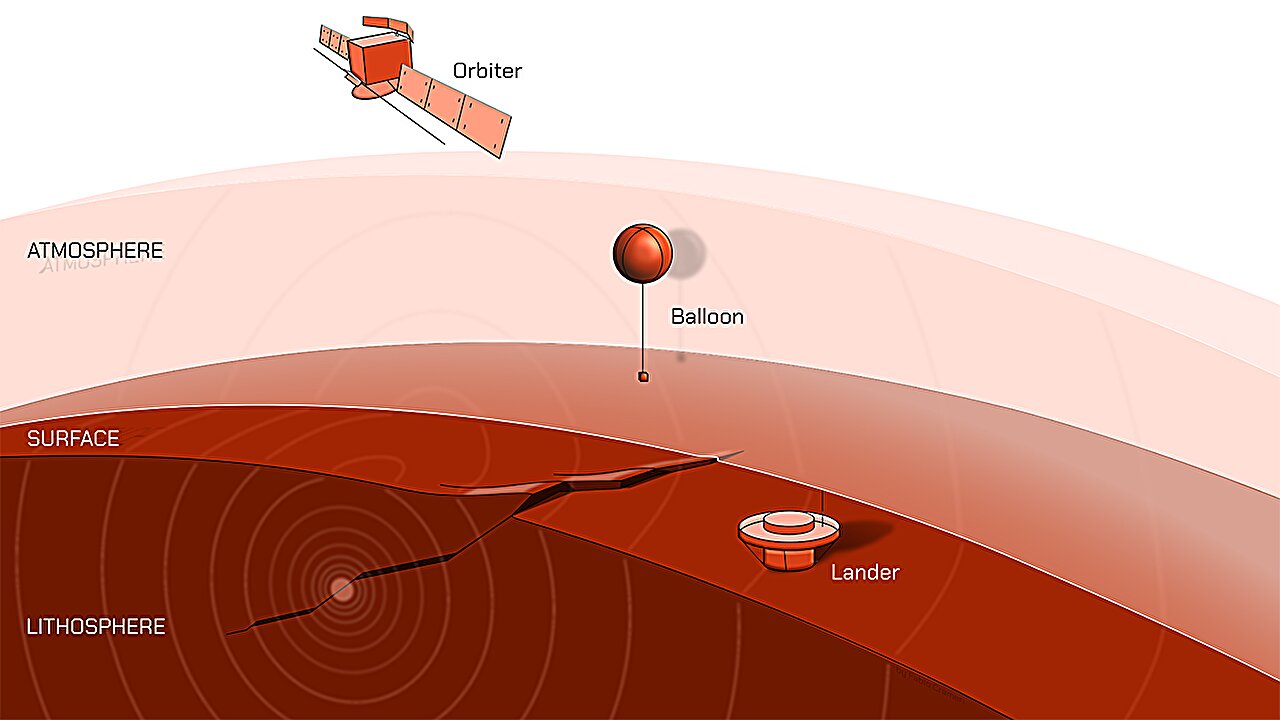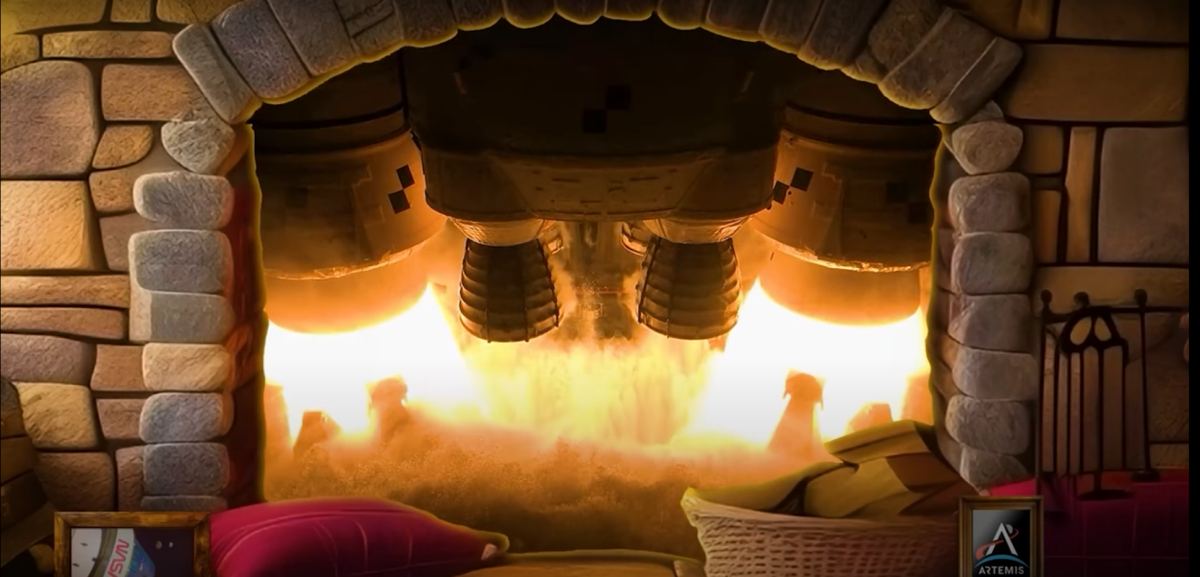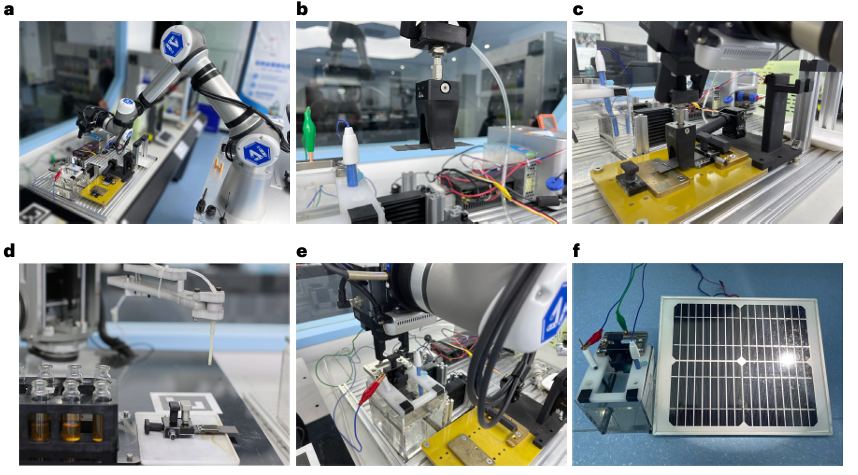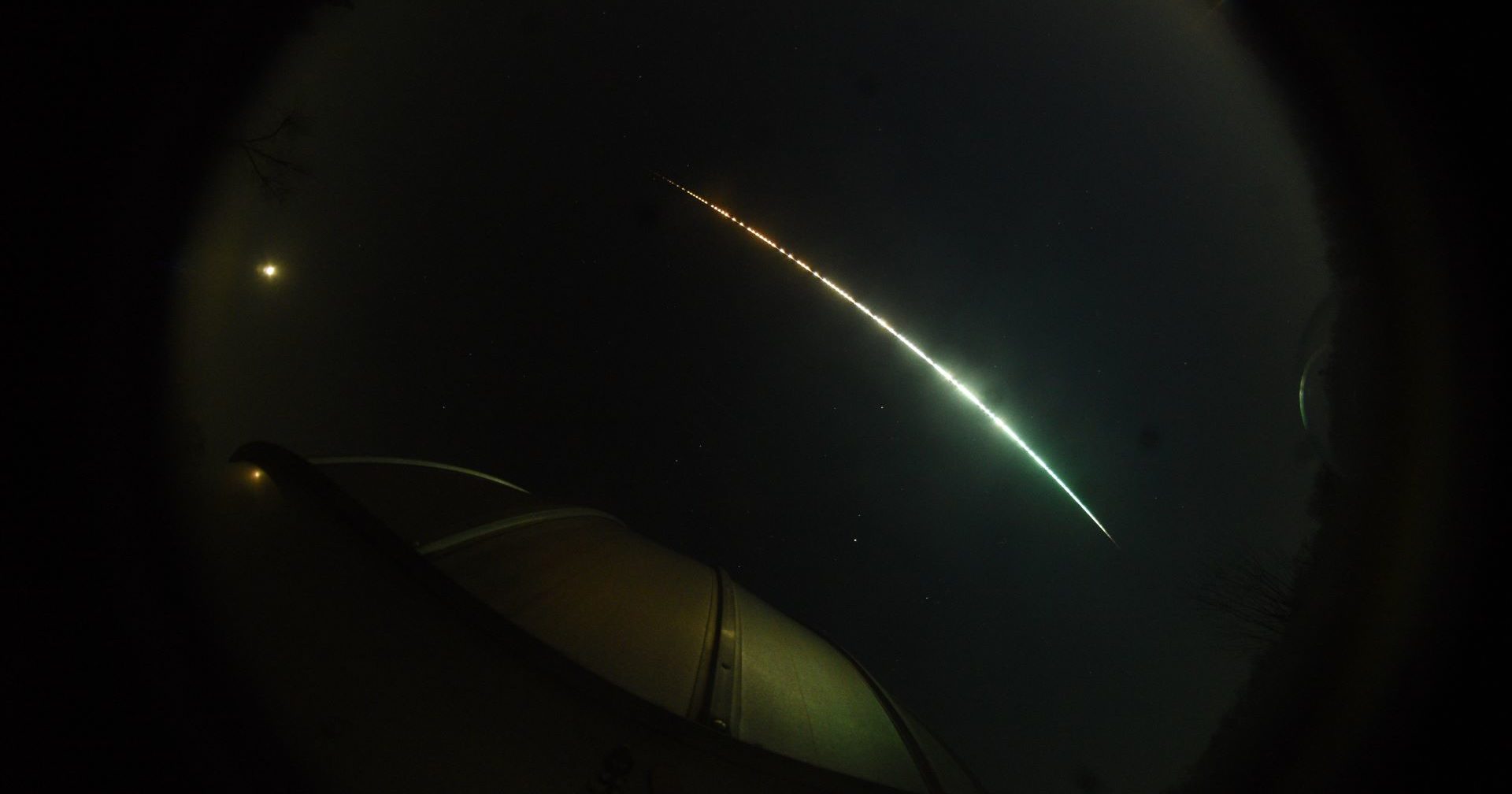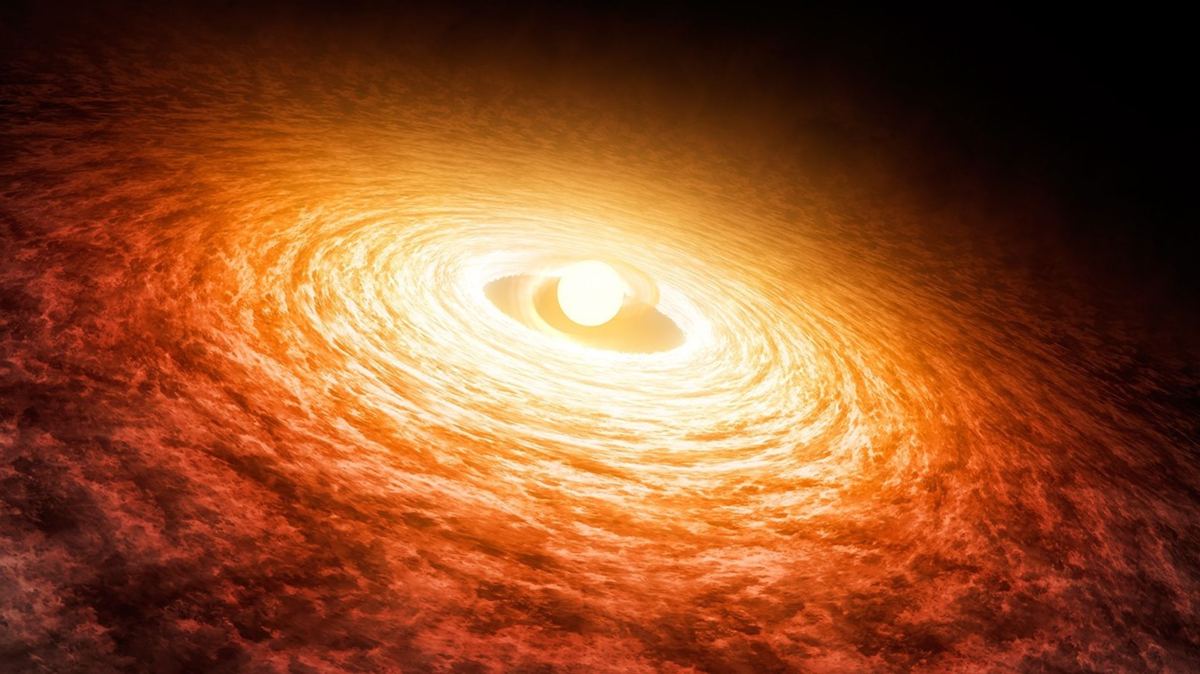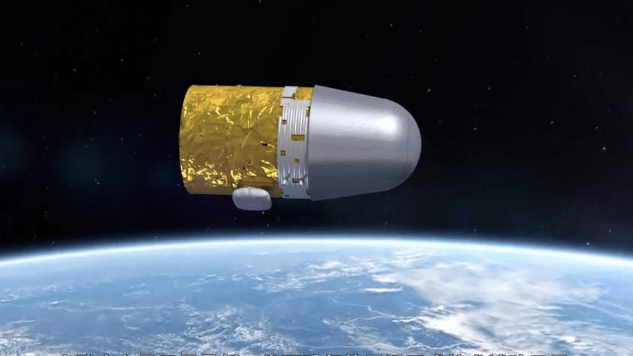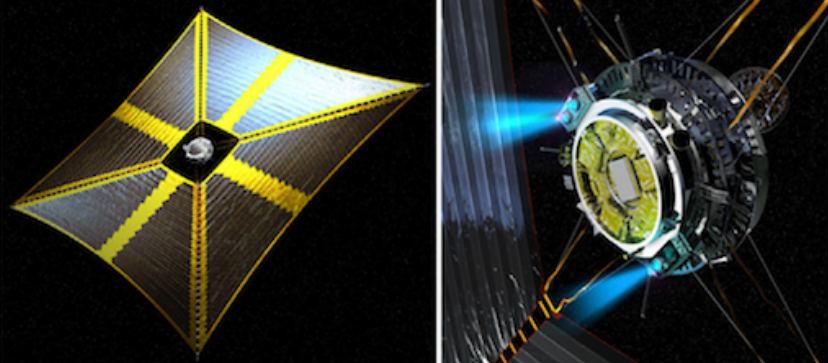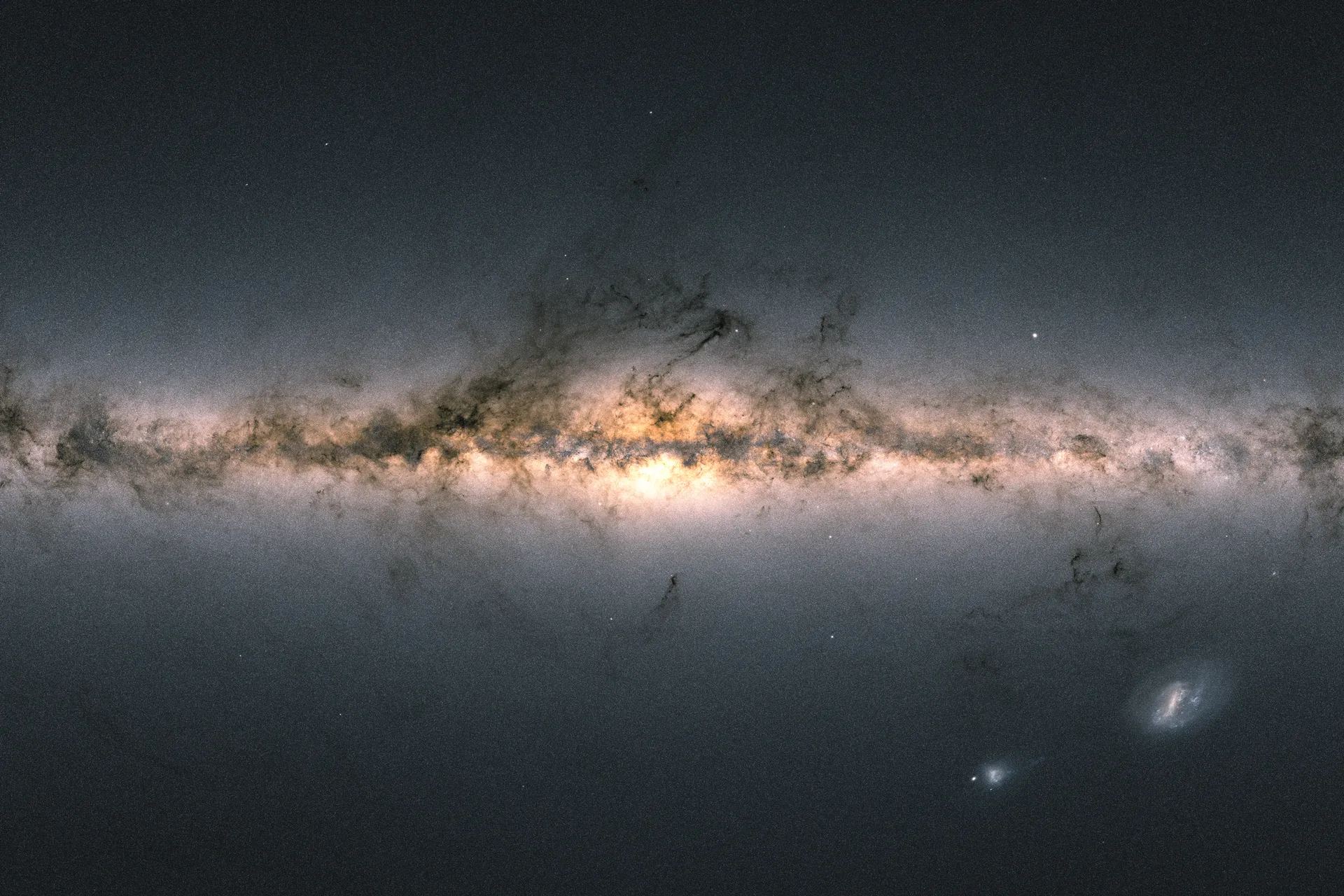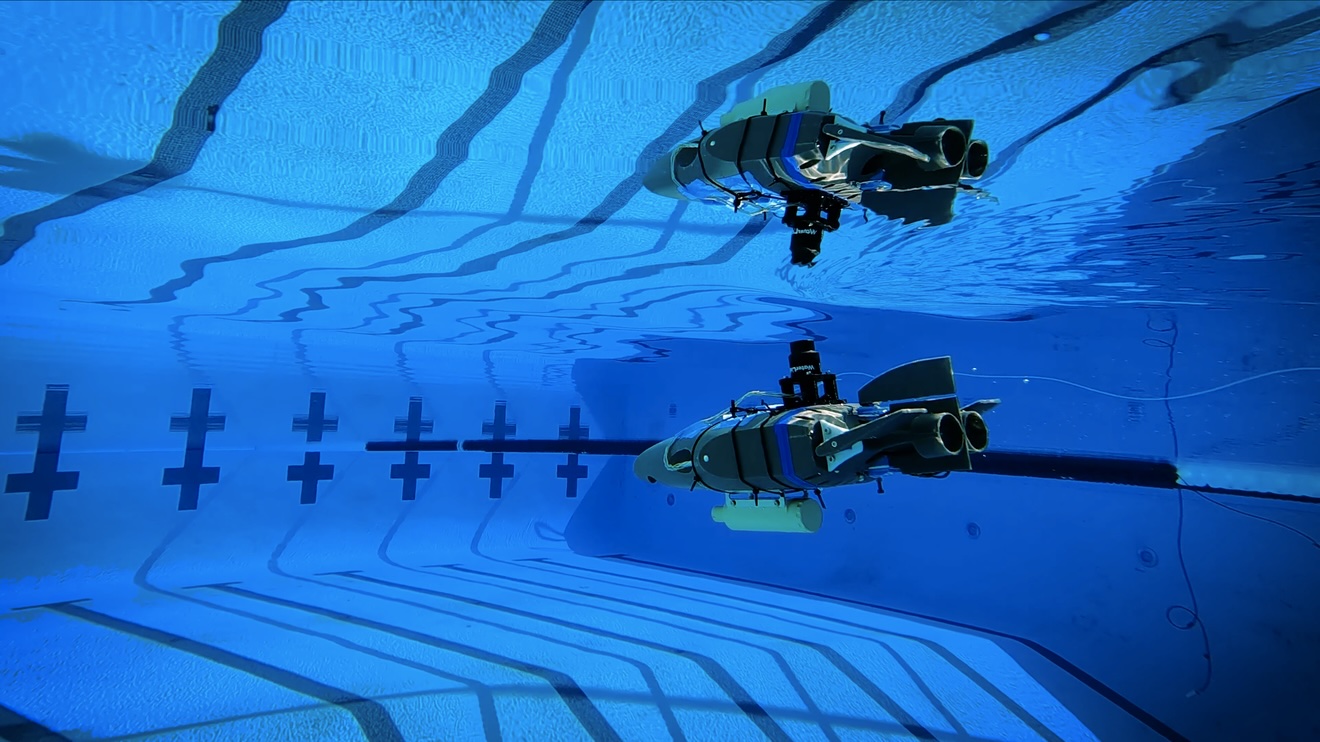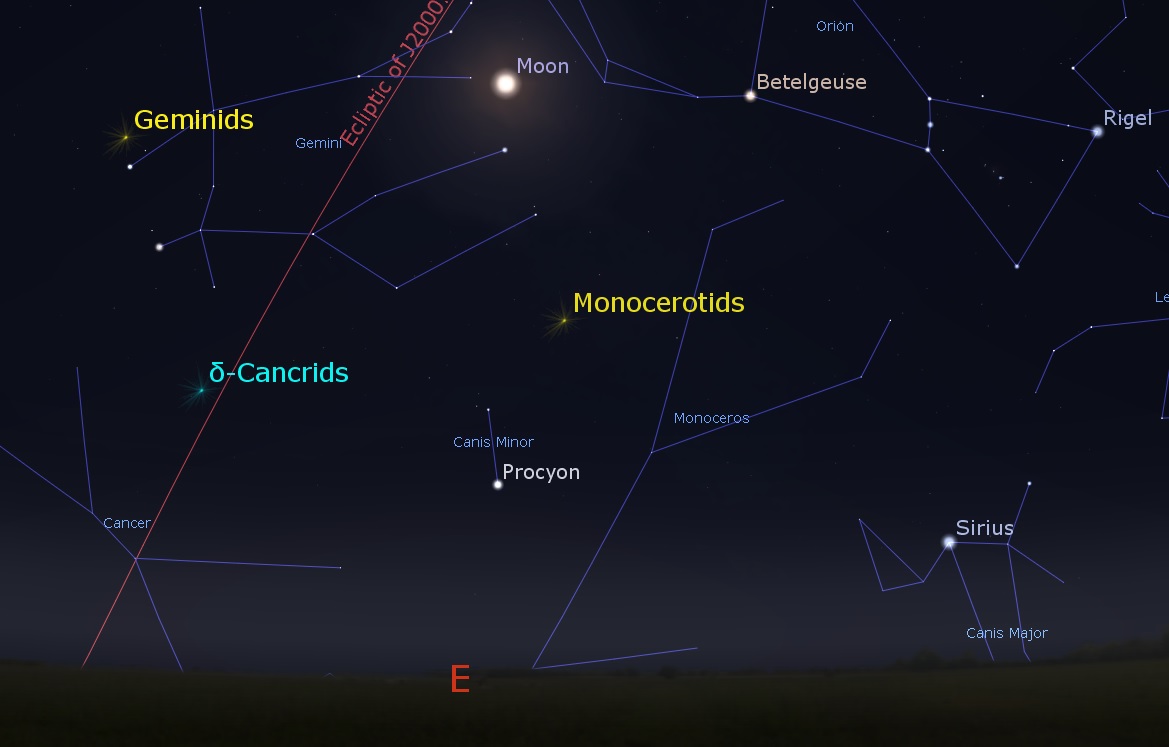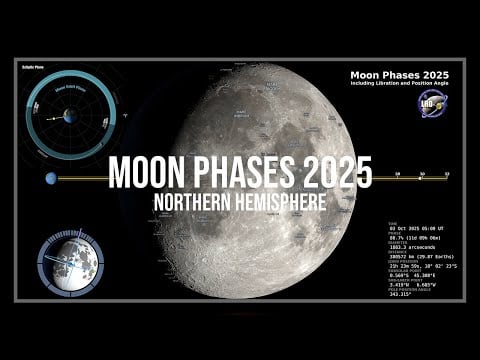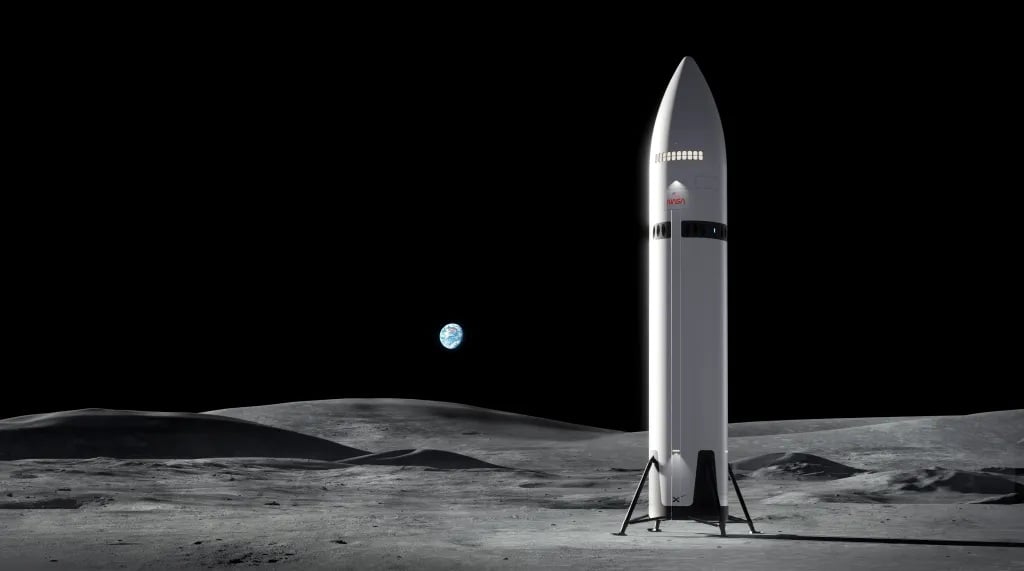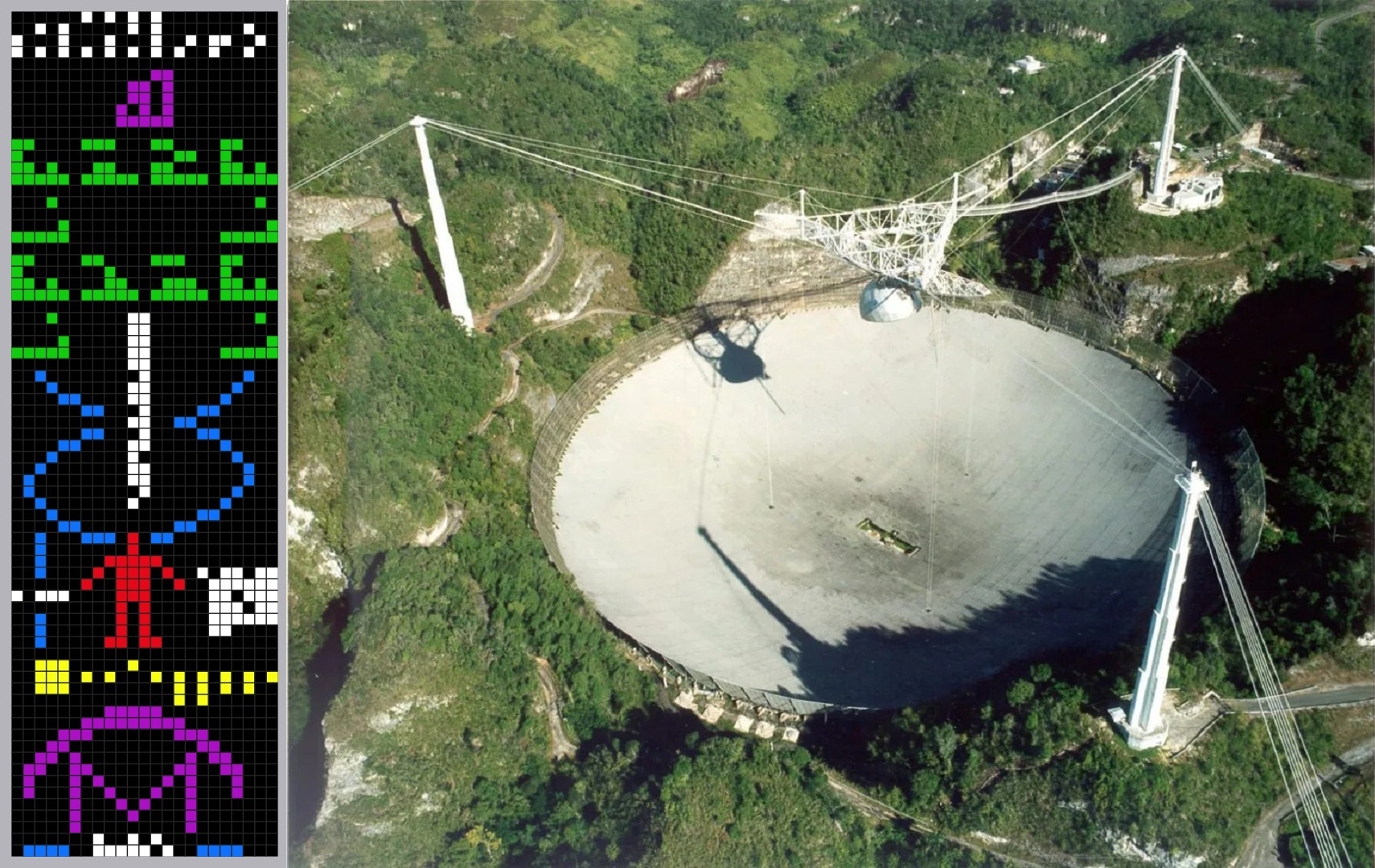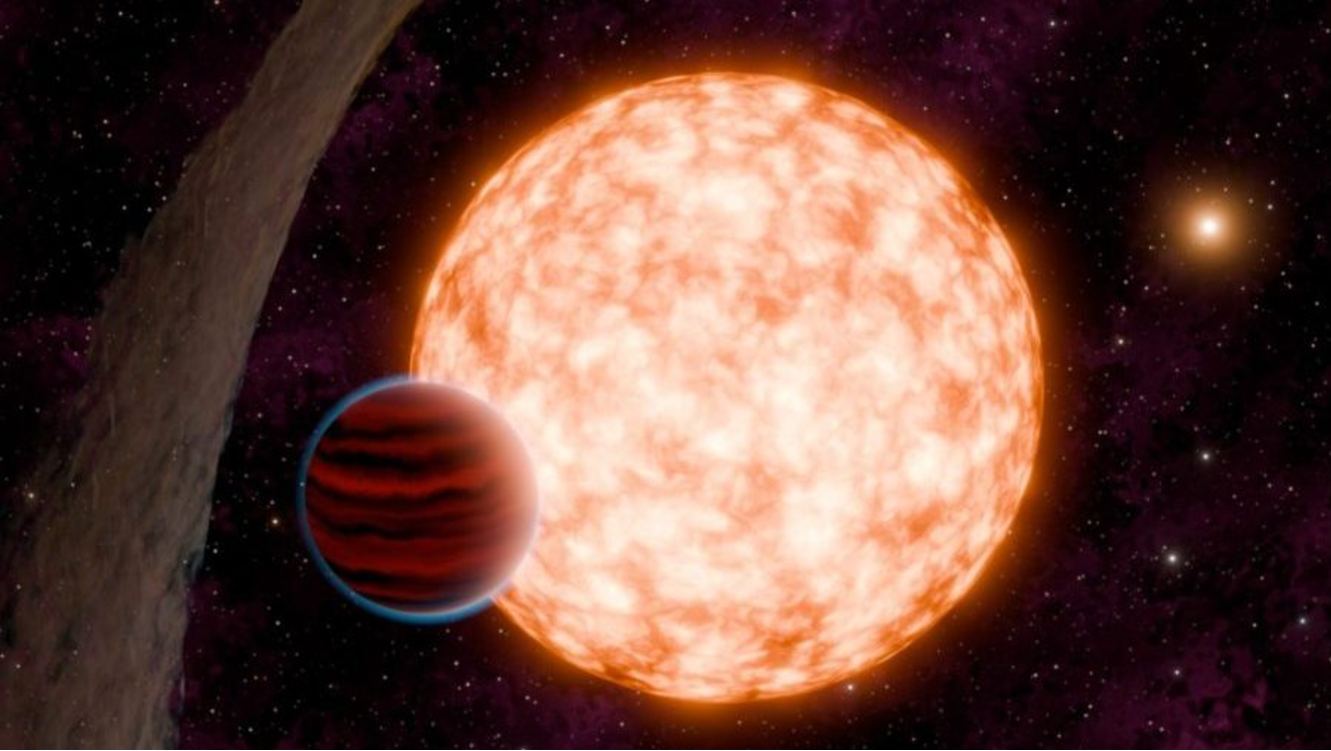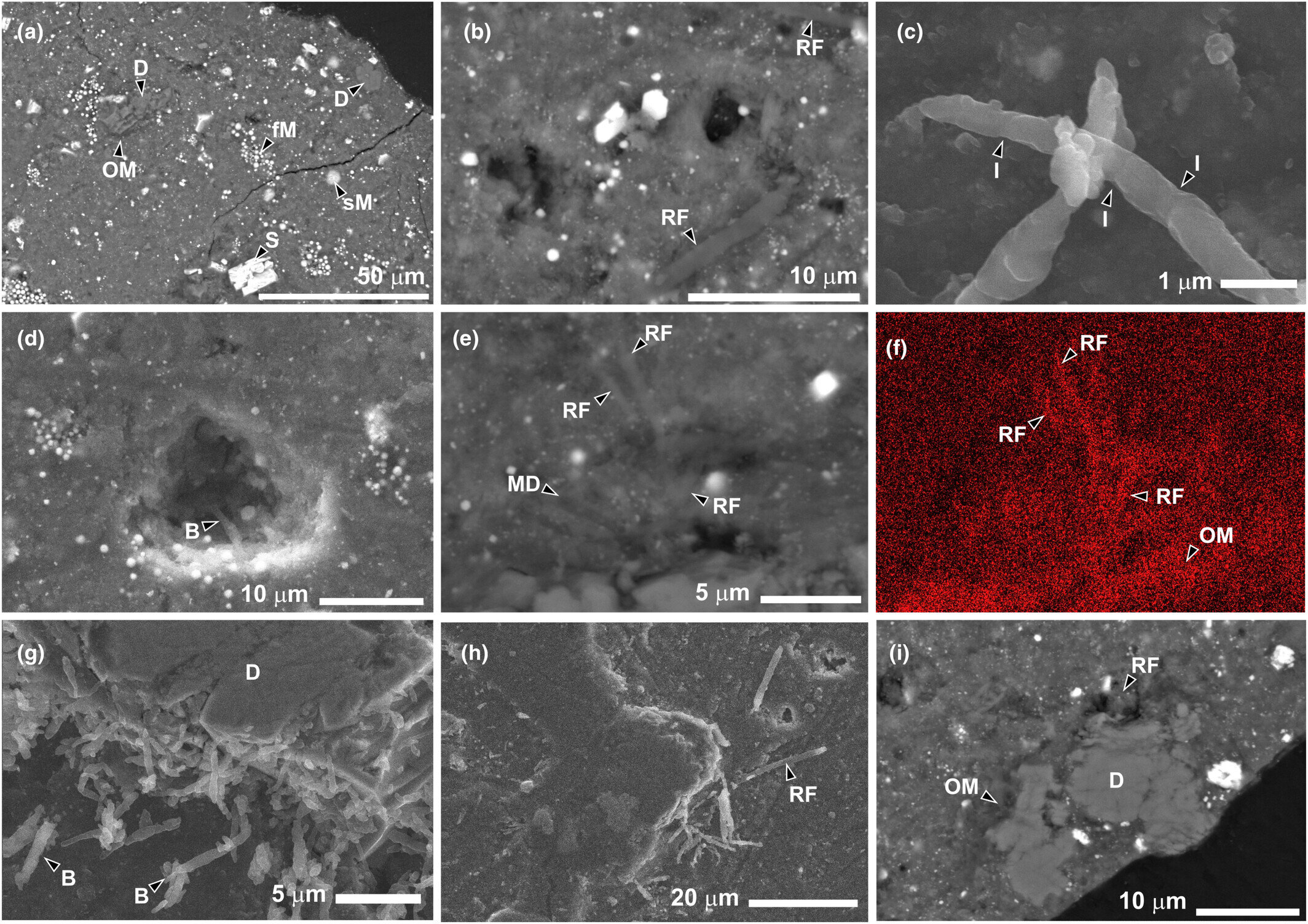
There is no place you can go on Earth that hasn't been colonized by bacteria, from the bottom of the oceans to the cloud tops. And when Japanese researchers examined samples of Asteroid Ryugu from the Hayabusa2 mission, they realized the little devils had found a new home. Despite containment protocols, with the samples delivered in a hermetically sealed chamber, opened in airtight containers in nitrogen gas, in a negative pressure room, life found a way.
Continue reading
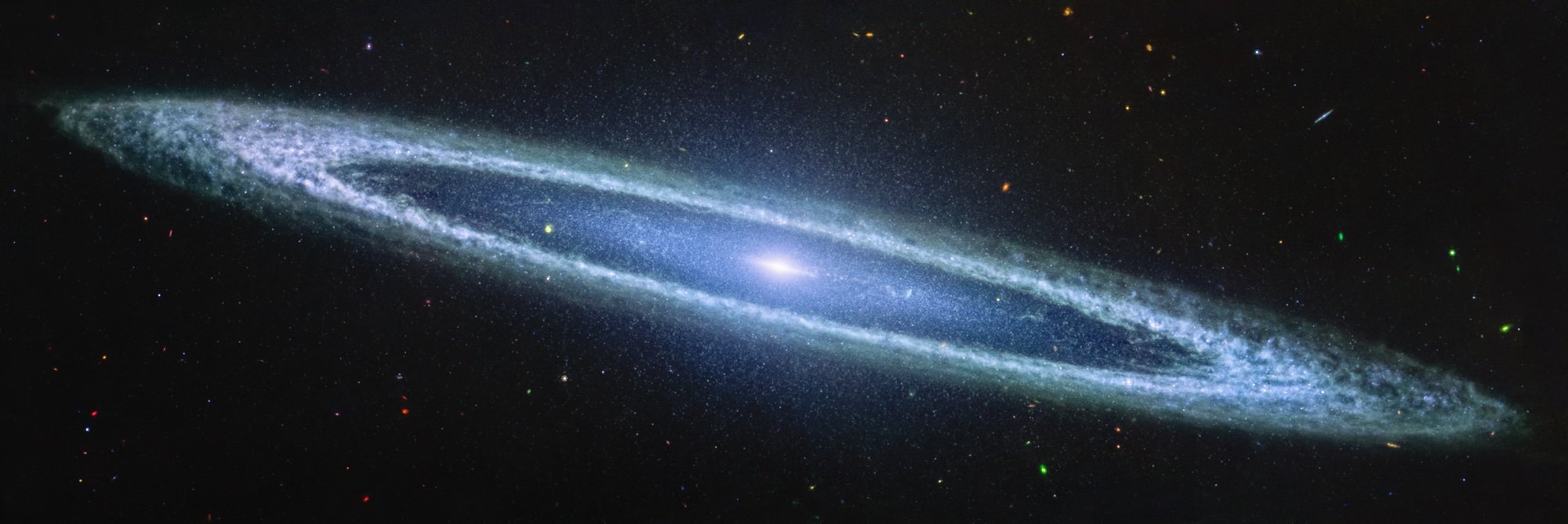
You're looking at a fantastic new image of the Sombrero Galaxy captured by JWST. If you look carefully, you can see the clumpy, cloud-like outer ring made of gas and dust. At the center is an actively feeding supermassive black hole. Thousands of globular star clusters surround the galaxy. In Webb's infrared view, the thick outer ring seen by Hubble disappears, revealing the complex structure underneath that produces surprisingly few stars.
Continue reading
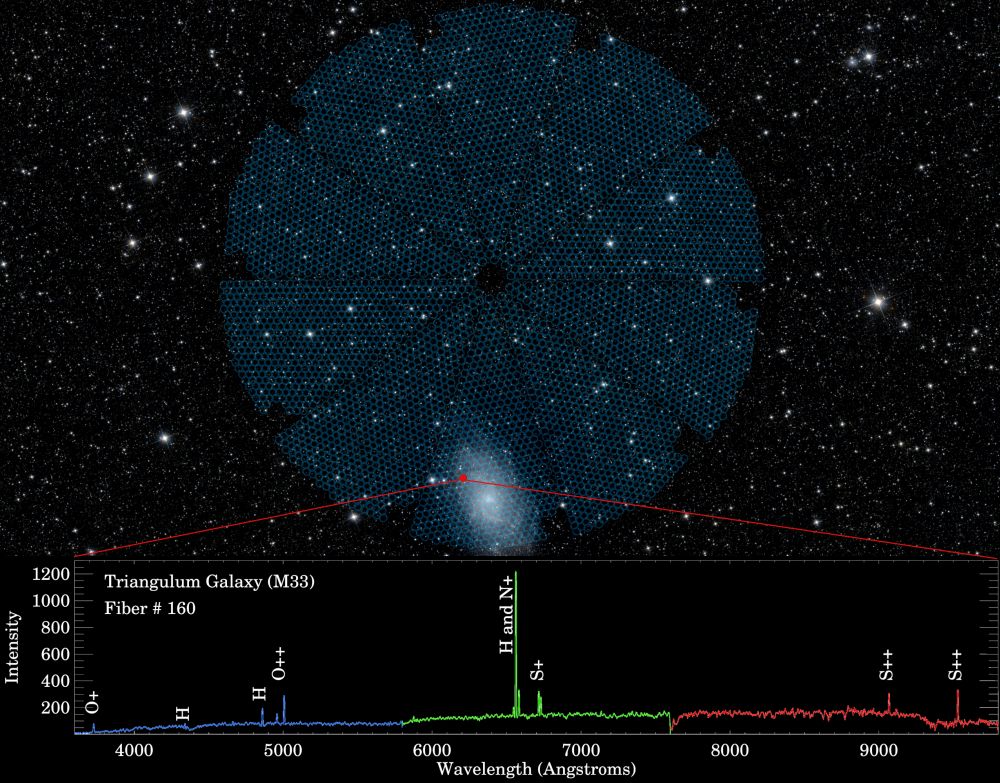
Researchers working with the Dark Energy Spectroscopic Instrument have mapped nearly 6 million galaxies across 11 billion years of the Universe's history. In a new study, they explain that gravity at the largest scales behaves exactly as Einstein predicted it would with the general theory of relativity. These observations also limit the possible theories of modified gravity, which have been proposed to explain dark matter observations.
Continue reading
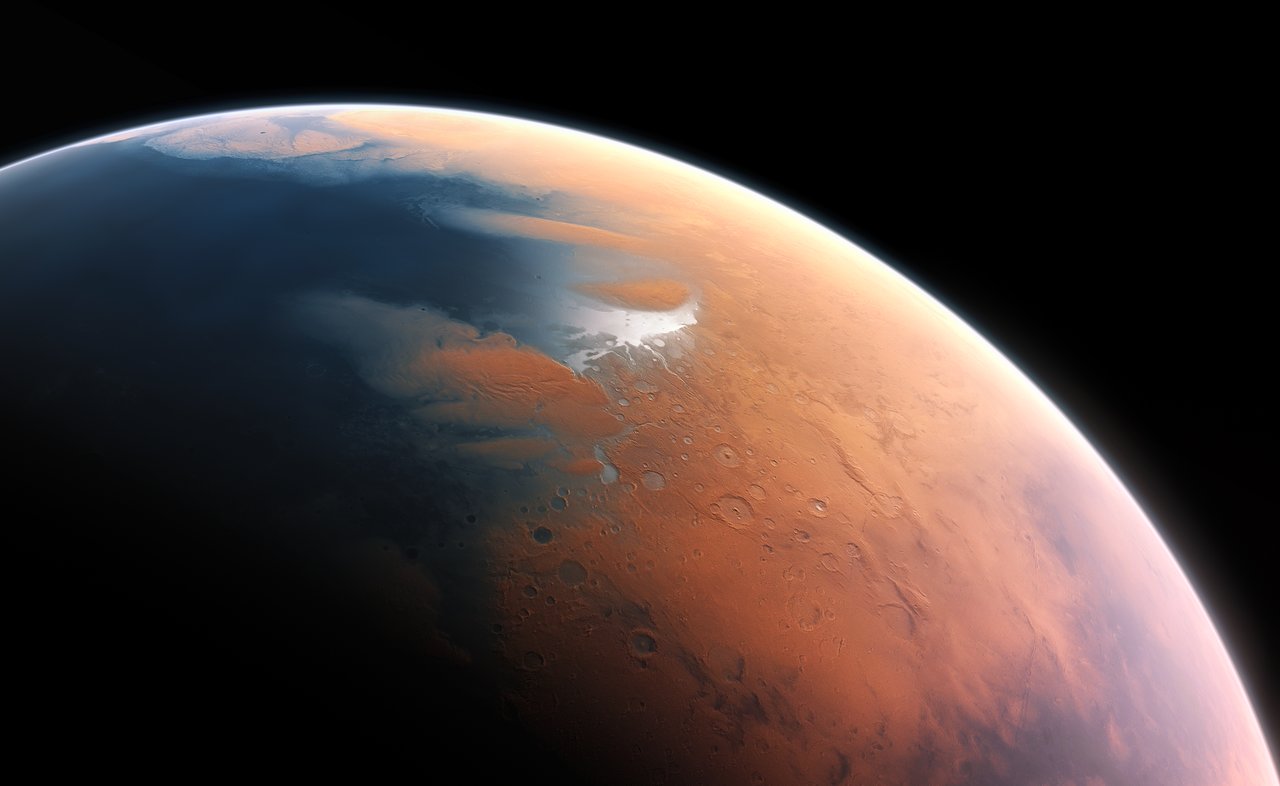
Mars formed 4.5 billion years ago, roughly the same time as the Earth. We know that water was stable on Earth since about 4.3 billion years ago, but when was it present on Mars? Researchers investigated a meteorite that originated from Mars and found zircon crystals that date back to 4.45 billion years ago. They believe this could be the oldest evidence for water on Mars. And not just water, but hot water welling up from hydrothermal systems beneath the surface.
Continue reading
